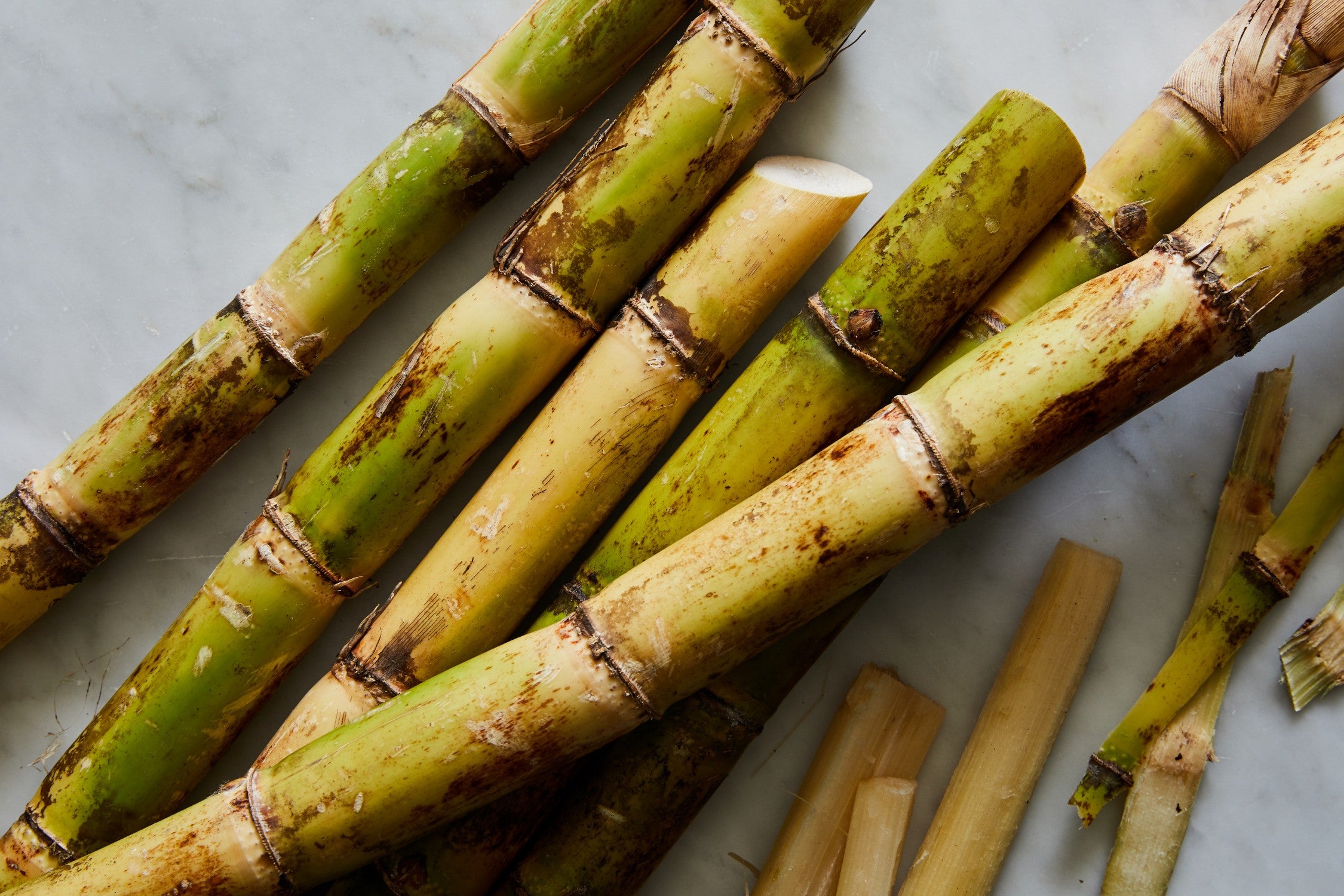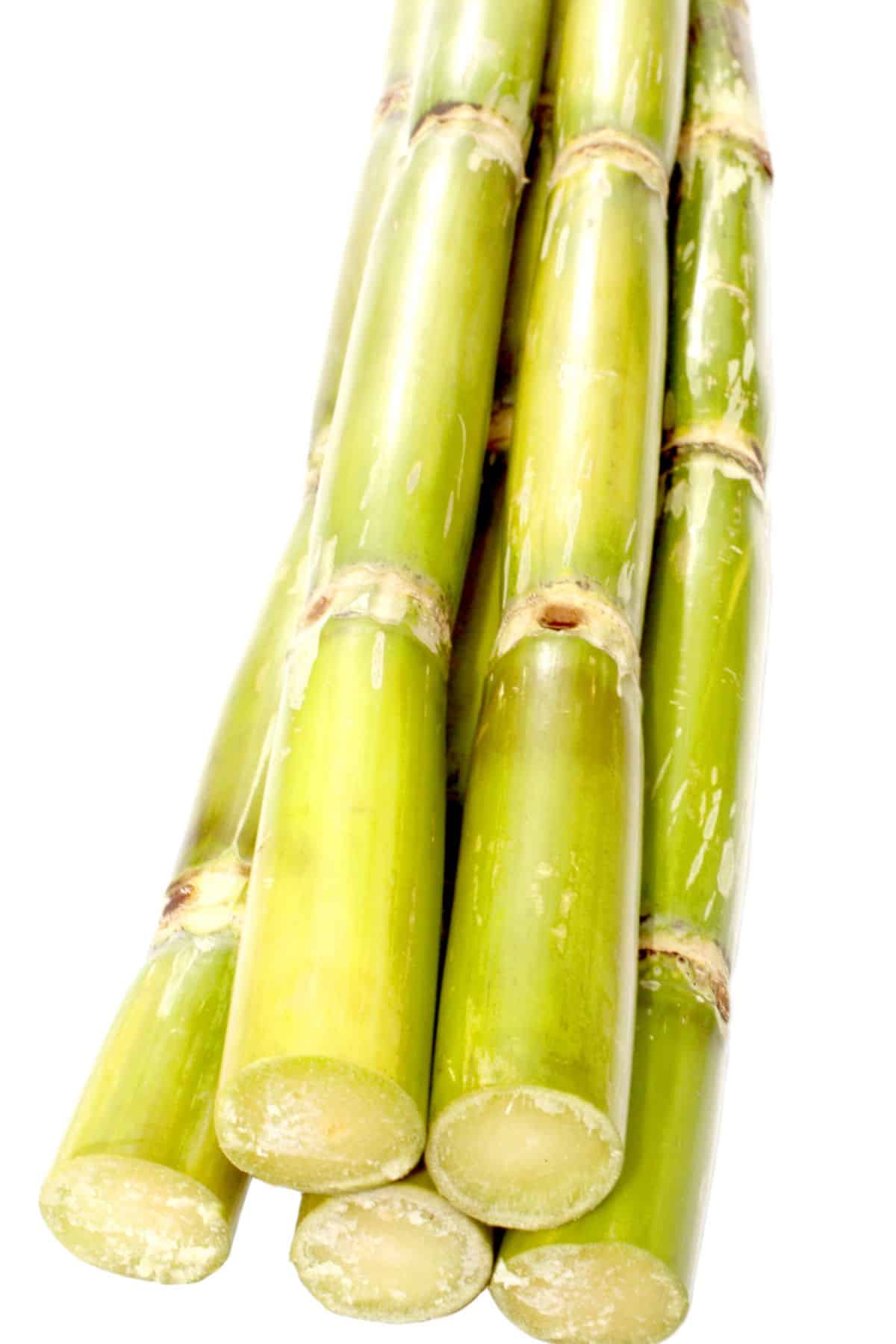Recognizing Cane Sugar Processing: A Comprehensive Review of the Stages
Recognizing Cane Sugar Processing: A Comprehensive Review of the Stages
Blog Article
A Thorough Guide to the Ecological Influence and Sustainability Practices in Walking Stick Sugar Processing
The environmental effect of walking stick sugar handling provides an intricate array of difficulties that warrant cautious assessment. From dirt degradation and too much water use to the carbon impact related to growing and production, the consequences of standard methods are far-reaching. In contrast, the adoption of ingenious sustainability actions uses a pathway toward much more accountable production approaches. Comprehending the interplay in between these issues is crucial for stakeholders in the industry. What certain practices can be implemented to strike a balance in between productivity and ecological stewardship? The responses exist in a better consider both the challenges and potential solutions.
Summary of Cane Sugar Handling
Walking cane sugar handling entails a series of organized steps that transform sugarcane right into refined sugar. Initially, gathered sugarcane is delivered to processing centers, where it undertakes cleaning to remove dirt and debris. Following this, the walking stick is squashed to extract juice, which is after that clarified by getting rid of pollutants via home heating and the enhancement of lime.
The made clear juice goes through evaporation, where water is eliminated to focus the sugar web content. This concentrated syrup is after that taken shape with air conditioning, permitting sugar crystals to create. These crystals are separated from the remaining syrup utilizing centrifugation, resulting in raw sugar. To achieve refined sugar, the raw item undergoes further purification processes, which may consist of filtering system and cleaning to get rid of staying pollutants and shade.
The end product is then dried out and packaged for distribution. Throughout this whole process, keeping efficiency and quality assurance is important to make sure the sugar meets market criteria. Each step in walking stick sugar handling not only adds to the end product however additionally has implications for resource use and waste generation, setting the phase for discussions on sustainability and environmental influences associated with sugar manufacturing.
Environmental Obstacles of Manufacturing
The manufacturing of walking stick sugar provides a number of substantial ecological obstacles that warrant interest. One key concern is the comprehensive use of agrochemicals, including fertilizers and pesticides, which can result in dirt deterioration, biodiversity loss, and contamination of local water resources. The runoff from sugarcane fields frequently carries these chemicals into close-by environments, interfering with marine life and affecting the wellness of communities reliant on these water bodies.
One more challenge is the high energy intake related to sugarcane processing. The boiling and refining stages need significant warmth, primarily produced by burning nonrenewable fuel sources, adding to greenhouse gas emissions. In addition, the extensive acreage needed for sugarcane cultivation can lead to deforestation and environment damage, additional exacerbating climate adjustment and harmful wildlife.
Moreover, the labor techniques in some regions raise honest issues, as employees might encounter inadequate working conditions and insufficient salaries. This circumstance frequently bolsters a cycle of poverty in neighborhood areas. Cane Sugar Processing. Attending to these ecological challenges is crucial for creating extra sustainable practices in walking stick sugar production, ultimately profiting both the setting and the areas entailed in this industry
Water and Land Usage Influence
Water resources and land usage are crucial components in the walking stick sugar market that significantly influence the atmosphere. The cultivation of sugarcane requires significant water input, with estimates suggesting that it can take in approximately 2,000 liters of water per kilo of sugar generated. This extensive use water often brings about exhaustion of local water resources, influencing not just the sugarcane haciendas however additionally surrounding ecosystems and neighborhoods that rely upon the same water resources for agriculture and residential usage.

Moreover, land usage for sugarcane growing can cause logging and the conversion of natural environments right into monoculture plantations. This technique diminishes biodiversity, disrupts regional ecological communities, and adds to soil deterioration. The development of sugarcane fields usually elbows in on beneficial farming land, developing competition for sources in between food and biofuel production.
Sustainable methods, such as enhancing irrigation techniques and carrying out plant turning, are important to reduce these influences. By embracing more reliable water use and land monitoring strategies, the walking cane sugar market can lower its ecological impact, making sure a balance between agricultural efficiency and environmental conservation.
Greenhouse Gas Emissions
Greenhouse gas exhausts represent a considerable environmental worry within the walking cane sugar processing market, specifically as farming practices broaden to fulfill worldwide need. The farming of sugarcane, a plant that thrives in tropical environments, relies heavily on synthetic fertilizers and pesticides, which add to laughing gas emissions. Furthermore, land-use adjustments, including logging for new sugarcane haciendas, release co2 kept in vegetation and dirt.
During visit site processing, energy consumption is one more major source of greenhouse gas discharges - Cane Sugar Processing. Several sugar mills make use of nonrenewable fuel sources to power machinery and generate heat, leading to substantial carbon footprints. Moreover, the transport of raw sugarcane and completed products includes layers of emissions with gas combustion in lorries
The collective effect of these discharges worsens climate modification, positioning threats not only to the environment but likewise to the long-lasting stability of the market. Stakeholders must acknowledge the urgent need for comprehensive approaches that address these exhausts. This entails evaluating existing farming practices, processing methods, and transport systems to recognize locations for improvement and mitigation. Resolving greenhouse gas exhausts is important for fostering an extra sustainable walking stick sugar industry in a changing environment.

Lasting Practices and Innovations
Sustainable techniques and technologies are significantly essential in the walking stick sugar processing market as stakeholders look for to minimize environmental effects while keeping performance. One substantial innovation is the implementation of integrated crop administration, which maximizes source usage by integrating soil management, pest control, and plant turning techniques. This method boosts yield while minimizing chemical inputs and maintaining dirt wellness.
Additionally, the fostering of renewable resource sources, such as biomass from sugarcane deposits, has actually gotten grip - Cane Sugar Processing. By converting waste products right into energy, refining centers can lower their dependence on fossil gas, thereby reducing greenhouse gas exhausts
Water management methods have actually additionally seen enhancements through the recycling and reusing of water in processing plants, significantly lowering freshwater usage. Advancements in modern technology, such as precision agriculture, enable farmers to keep an eye on plant wellness and source use more properly, making certain lasting cultivation methods.
Moreover, certification programs like Fair Trade and Jungle Alliance encourage environmentally responsible farming techniques and advertise social equity within the supply chain. By accepting these lasting practices and advancements, the walking stick sugar processing market can boost its strength and add favorably to environmental stewardship.
Verdict
The ecological effect of cane sugar handling presents substantial difficulties, including soil deterioration, high water intake, and greenhouse gas emissions, together with moral worries associated with labor practices. Dealing with these issues with sustainable practices, such as incorporated crop management, eco-friendly energy fostering, and water recycling, is necessary. By advertising eco responsible and socially blog fair methods in sugar production, the sector can mitigate its adverse effects, making certain a much more lasting future for both ecosystems and areas included in this industry.
Walking cane sugar blog here handling includes a series of systematic actions that change sugarcane into polished sugar. Each step in walking stick sugar handling not only adds to the final product yet likewise has ramifications for source use and waste generation, setting the phase for discussions on sustainability and environmental effects associated with sugar production.
Greenhouse gas discharges stand for a considerable environmental problem within the cane sugar handling industry, specifically as farming practices broaden to meet worldwide need.Sustainable methods and advancements are significantly important in the cane sugar handling sector as stakeholders seek to reduce environmental impacts while keeping performance.The ecological effect of walking stick sugar handling offers considerable obstacles, including soil degradation, high water consumption, and greenhouse gas discharges, along with moral problems associated to labor practices.
Report this page